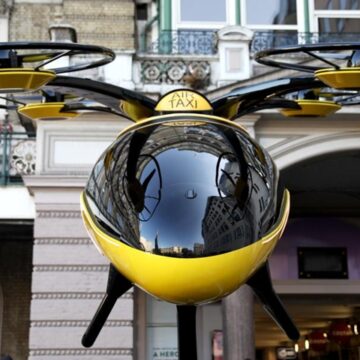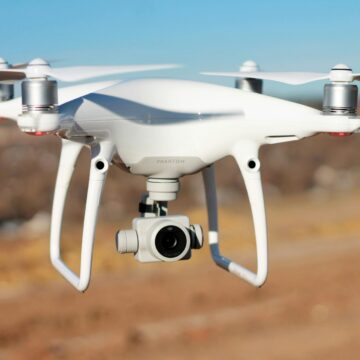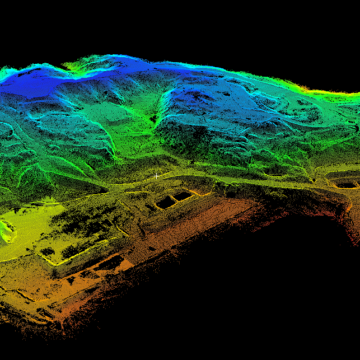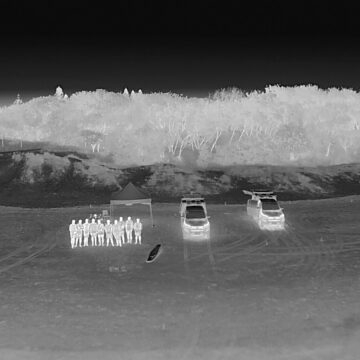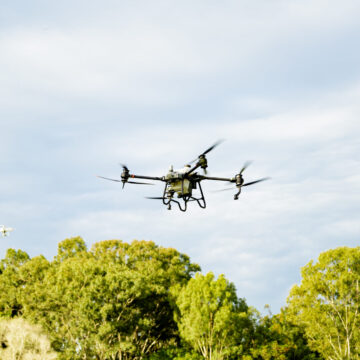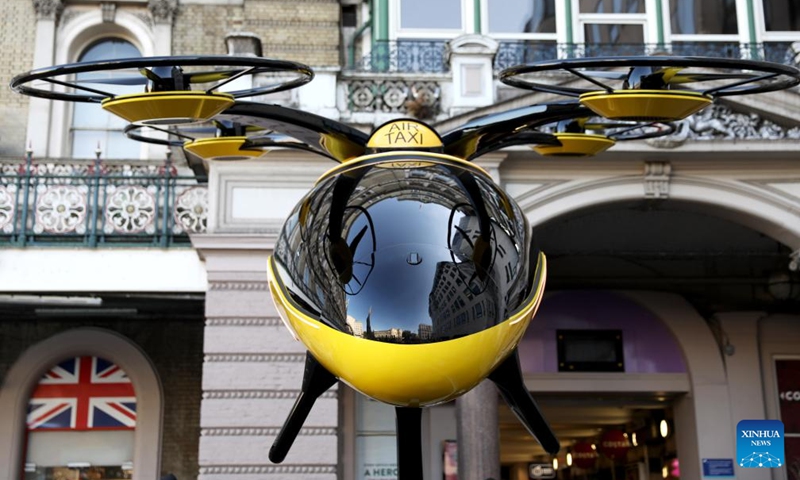In recent years, the demand for aerial photography has skyrocketed, particularly in Australia. This surge can be attributed to various sectors, including real estate, tourism, agriculture, and film production. As the use of drones for capturing stunning aerial imagery increases, so does the need for skilled drone photographers and videographers. If you're considering a career as a drone pilot, now is an excellent time to explore your options and acquire the necessary training.
The Growing Need for Drone Photographers
As businesses and individuals recognize the advantages of aerial photography, the demand for drone photographers has surged. From real estate agents wanting to showcase properties from unique angles to tourism boards promoting natural landscapes, aerial imagery adds significant value to visual storytelling. Additionally, industries such as agriculture are leveraging drones for monitoring crops, opening up another avenue for aerial photography.
This increase in demand has led to a corresponding rise in job opportunities. Companies are looking for skilled professionals who can operate drones and capture high-quality imagery. In Australia, the job market for drone pilots is expanding, making it an ideal time for aspiring aerial photographers to enter the field.
Essential Training and Certifications
For anyone interested in becoming a drone pilot, obtaining a Remote Pilot Licence (RePL) is a fundamental step. This certification is required for commercial drone operations in Australia and ensures that you meet the necessary safety and operational standards set forth by the Civil Aviation Safety Authority (CASA). However, it’s important to note that while a RePL qualifies you to operate drones commercially, it also comes with certain limitations.
Understanding CASA’s Standard Operating Conditions
Even with a RePL, you must adhere to CASA's standard operating conditions for flying remotely piloted aircraft systems (RPAS) in Australia. These include:
You cannot fly higher than 120 meters (400 feet) above ground level without special permissions
To enhance your commercial capabilities beyond these standard operating conditions, you may also need to obtain a Remote Operator’s Certificate (ReOC). This certification allows businesses to operate under specific conditions and enables pilots to fly drones for various commercial purposes, including flying over people and conducting complex operations.
The Importance of the ReOC
A ReOC is particularly crucial for those looking to provide services such as wedding drone photography. If you intend to fly over people during an event, you must hold a ReOC in addition to your RePL. This certification demonstrates that you and your operation meet higher safety and operational standards, allowing you to take on more challenging projects.
Career Paths for Drone Photographers
Career Paths for Drone Photographers
Once you've completed your training and obtained your RePL, along with any necessary additional certifications, a variety of career paths await you. Here are some of the most common opportunities for drone photographers:
Real estate agents are increasingly turning to drone photographers to capture stunning images of properties. Aerial shots provide potential buyers with a unique perspective, showcasing both the property and its surroundings effectively.
Conclusion
The demand for drone photographers in Australia is on the rise, creating exciting job opportunities for aspiring drone pilots. With the right training and certification, you can position yourself for a successful career in this fast-evolving field. By enrolling in a program offered by a reputable drone training provider like Uncrewed Aviation Australia, you can gain the skills necessary to excel in aerial photography and videography.
The future looks bright for drone pilots in Australia, and now is the perfect time to take to the skies. Whether you’re interested in real estate, agriculture, or event photography, the possibilities are limitless. Start your journey today and be part of this thrilling industry!

